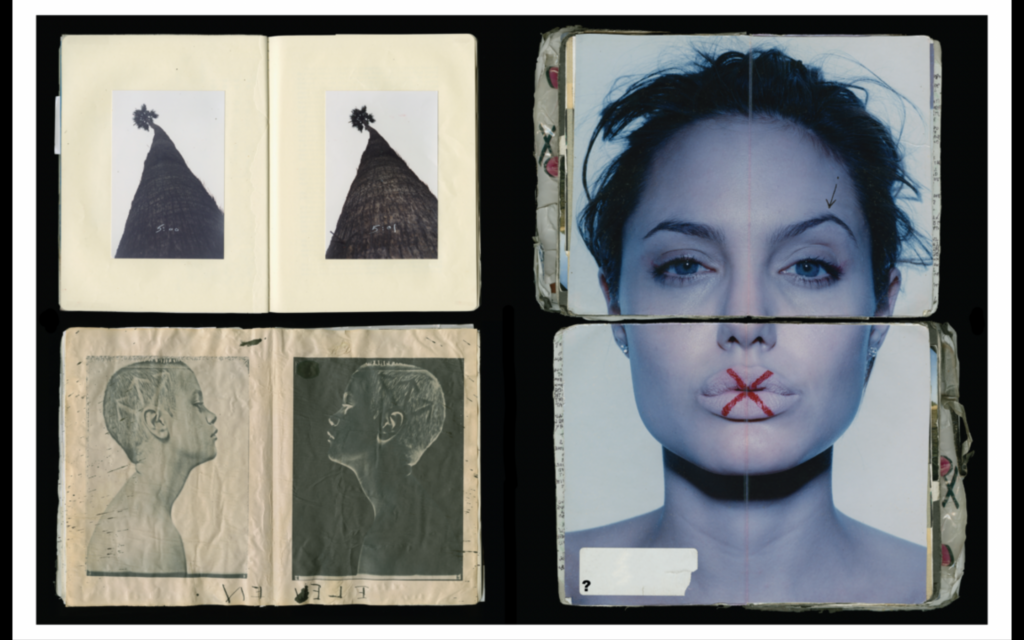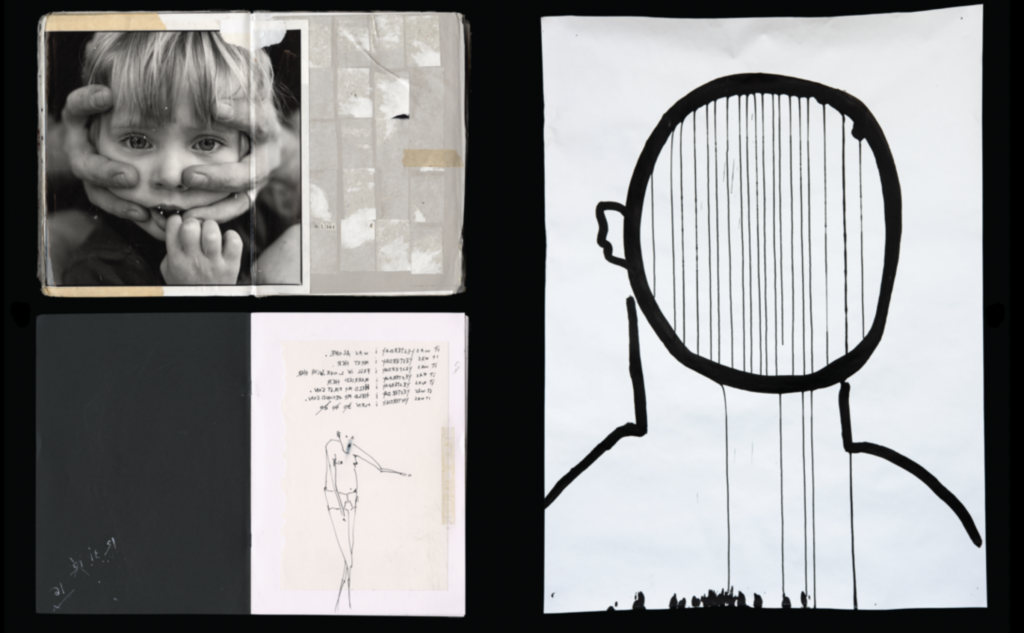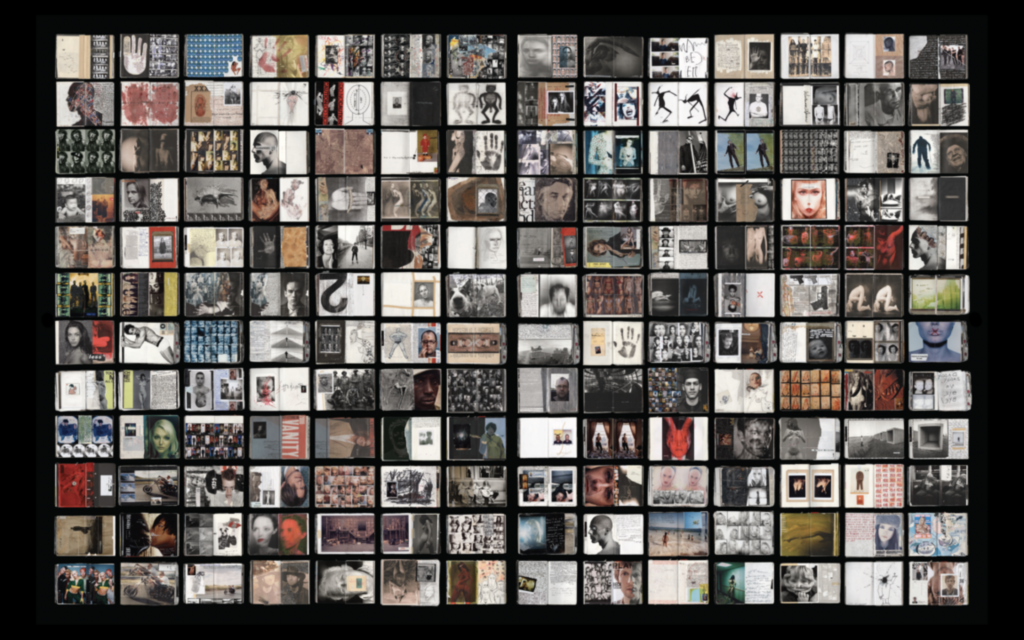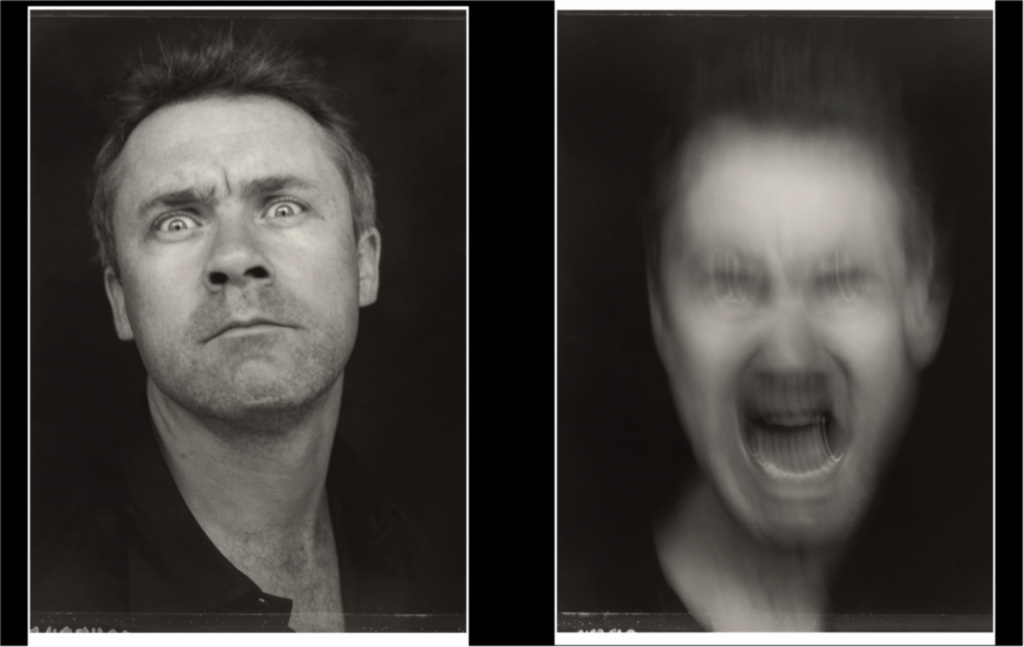Roxanne Vardi
Niio is proud to introduce a selection of artcasts by celebrated photographers in collaboration with Fahey/Klein Gallery, the leading contemporary photography gallery in Los Angeles. Curated by Nicholas Fahey, these selections dive into the work of the artists, presenting key series and iconic images, and are available to our members for a limited time only.
Frank W. Ockenfels III is an American photographer, artist, and director who is best known for his portrait photographs of celebrities and diverse personalities such as David Bowie, Kurt Cobain, and Hilary Clinton. Ockenfel’s work has frequently been featured in leading magazines globally such as the Time and the Rolling Stone. The artist’s works have been displayed at exhibitions in museums and galleries worldwide including Berlin, Amsterdam, New York, and Los Angeles.
Over thirty years ago, Ockenfels started a process of journaling the product of which he calls Tech Books in which he would keep polaroids, written lighting diagrams, and his personal writings, specifically what he wanted to remember from each and every experience and project.
Once Ockenfels did away with the tech journals he started assembling objects, scraps of paper, drawing into the journals so that they became elaborate, and turned into pieces or found graphic elements instead of just photographs. To this end the artist has noted that this process “was a great way to flush my mind. You are so focused on being a photographer sometimes that you forget that the majority of photography is so inspired by other things like a Richard Serra sculpture”. In essence, Ockenfels’ artworks are no longer just portrait photographs but instead they become personal statements of the artist’s psyche and creative artistry. His artworks can be seen as re-presentations, as works that break the boundaries of traditional photography.
“You are so focused on being a photographer sometimes that you forget that the majority of photography is so inspired by other things like a Richard Serra sculpture”

Referring to his tech books, the artist has mentioned that there is a lot that even he can learn from them as they allow him to reconsider why he captured certain projects as he did, and can make him think of the ways through which he approached his images. In the artist’s teachings he also liked to bring his tech books to classes, and through his student’s questions and questioning there was always something new that he felt he could learn about photography.
Ockenfels started out by shooting chrome, then went into negative, and lately has gotten into digital photography. Specifically referring to digital photography the artist has shared that he likes seeing “how far I can go, that’s when the interesting stuff actually happens. I find it more the abstract mind that I have less and less sense of time and space and what I am supposed to be doing. As I get older, its more so where I accept the moment and say this is what I’m supposed to be doing”. Thus, the artist prefers portraits which are less pre-defined and thought out and instead likes “the moment showing up and looking and seeing what I see about you that I would like to capture”. In turn, the artist’s representations leave the imprint of his unconscious on the photographic image.

The artist sees his journals as a place ‘to vent’, places that illustrate different points in his life. Ockenfels has stated that when he was younger he “didn’t care if anybody liked [the journals] or not, or was interested in them, but people started looking at them”. However, the artist didn’t want peoples opinions “because they are personal… its kind of like the Purist sense of art. Richard Serra would say ‘art is purposely useless’ it is a useless process thinking that anyone would be interested in seeing it, but it answers a lot of questions to yourself by the act of keeping journals, thoughts, memories, ideas”.

The artist thinks that inspiration is what a person should strive to do. “I think it’s important to inspire, almost more so than the creative process”. In his interview for Fahey/Klein Gallery Frank Ockenfels III shared that he had an experience a couple of years ago on a Brooklyn subway platform while he was coming back from visiting a friend when a young kid came over and said that he saw him on the internet talking about ‘the creative process’ and that he was completely inspired by that. He was a graffiti artist, inspired about the point of creativity. Referring to that specific instance the artist asserts “that to me is where I always wanted to be in life”.
“I think it’s important to inspire, almost more so than the creative process”

